
 |
|
|
Looking Ahead
Volume 55 Number 18 Date 11/19/2010 PEST HIGHLIGHTS OF 2010 CORN ROOTWORM: The survey of adult rootworms in late August found a state average of 0.3 beetle per plant, a 50% decline from last season's population and the lowest count in 40 years. Heavy rainfall and extensive use of Bt-rootworm corn hybrids are thought to be major contributing factors to the historic decrease in beetle numbers. GREEN CLOVERWORM: Larvae became prevalent in soybeans during the week of July 19 and many acres required chemical treatment by mid-August to reduce populations. Defoliation was common statewide, with the most severe infestations occurring in Grant, Iowa, Lafayette, Rock and Walworth counties. Damage by this insect was the worst in many years. LATE BLIGHT: The first case of 2010 was confirmed on July 14 in a Marquette County potato field. Weather conditions favored its development in subsequent weeks, and by early September, potatoes afflicted by late blight had been confirmed in Adams, Langlade, Portage, Sauk and Waushara counties. Infected tomatoes were reported from Brown, Kewaunee, Manitowoc, Monroe, Ozaukee, Portage, Vernon and Waukesha counties. Fungicide programs were continued at 5-day intervals through September. SOYBEAN APHID: Densities statewide were the lowest in six years. The annual survey of 168 soybean fields showed 85% of sites contained very low counts of less than 25 per plant by the R6 (full seed) stage in August, while only 15% developed moderate densities of 26-146 aphids per plant. Chemical control for this pest was rarely economical in 2010. GYPSY MOTH: Larvae defoliated 346,749 forested acres this season, greatly surpassing the previous record of 65,000 acres set in 2003. Aerial surveys documented severe defoliation in Langlade, Marinette, Menominee, Oconto and Shawano counties, and moderate damage in localized areas of Brown, Columbia, Dane, Juneau, Rock, Sauk and Waupaca counties. Larval populations collapsed by late June due to natural controls, but fall egg mass surveys indicate treatment may be warranted for parts of the northeast next spring. SPOTTED WING DROSOPHILA: This invasive fruit fly was collected from two Racine County sites earlier this fall, constituting a new state record. One specimen was trapped at Sturtevant on October 2 and two others were captured nearby later in the month. Spotted wing drosophila infests intact, ripening fruit, posing a greater risk of fruit contamination at harvest than native fruit flies. A survey of small fruit production areas is tentatively planned for 2011. --Krista Hamilton, DATCP Entomologist 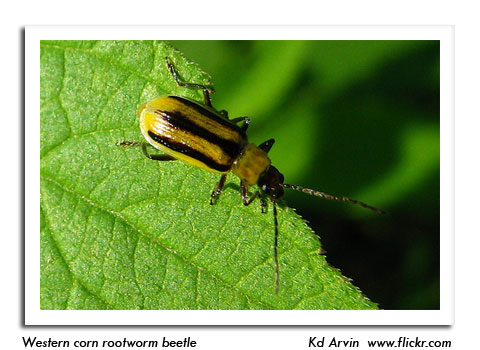
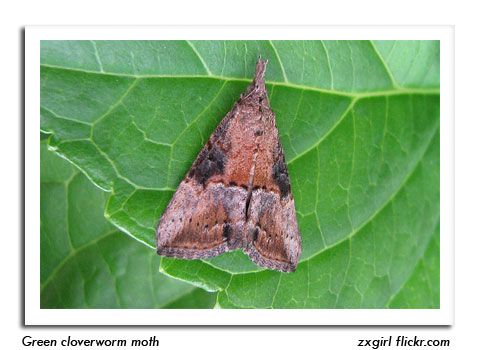
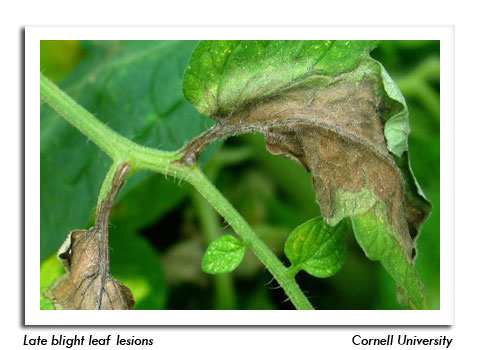
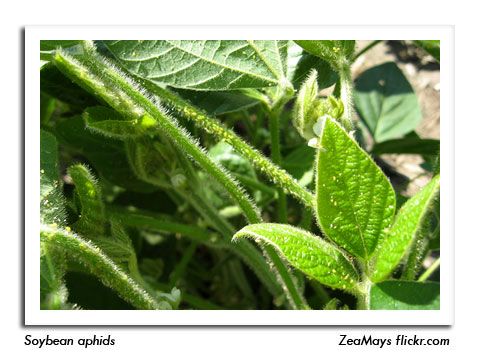
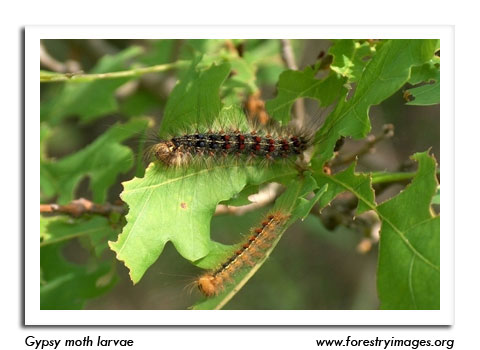
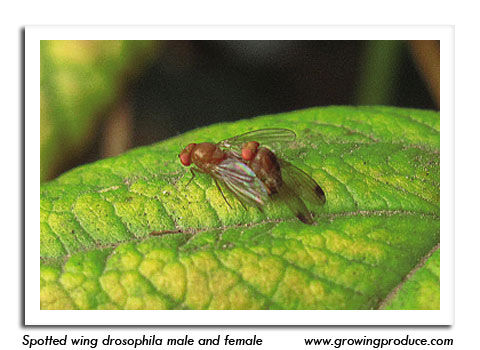
|
|
|